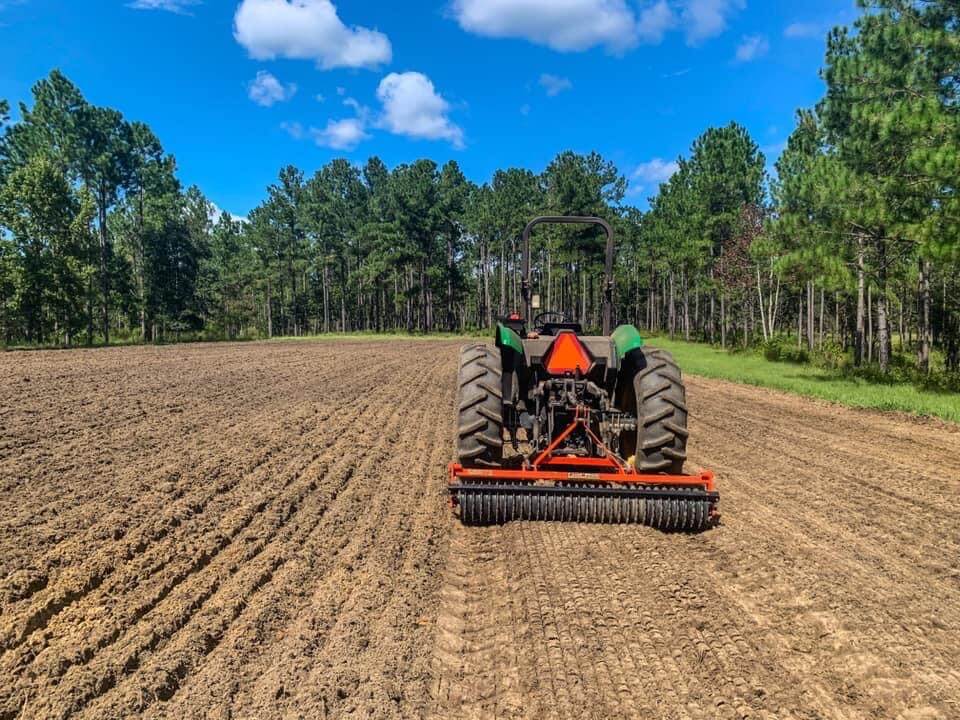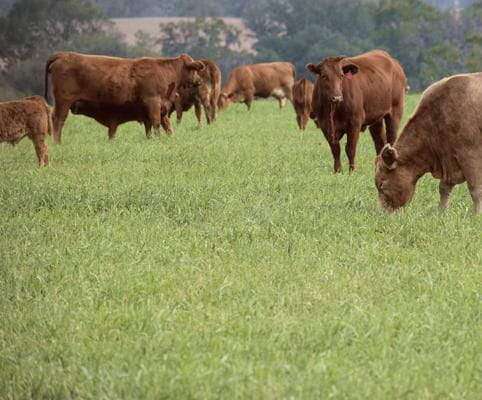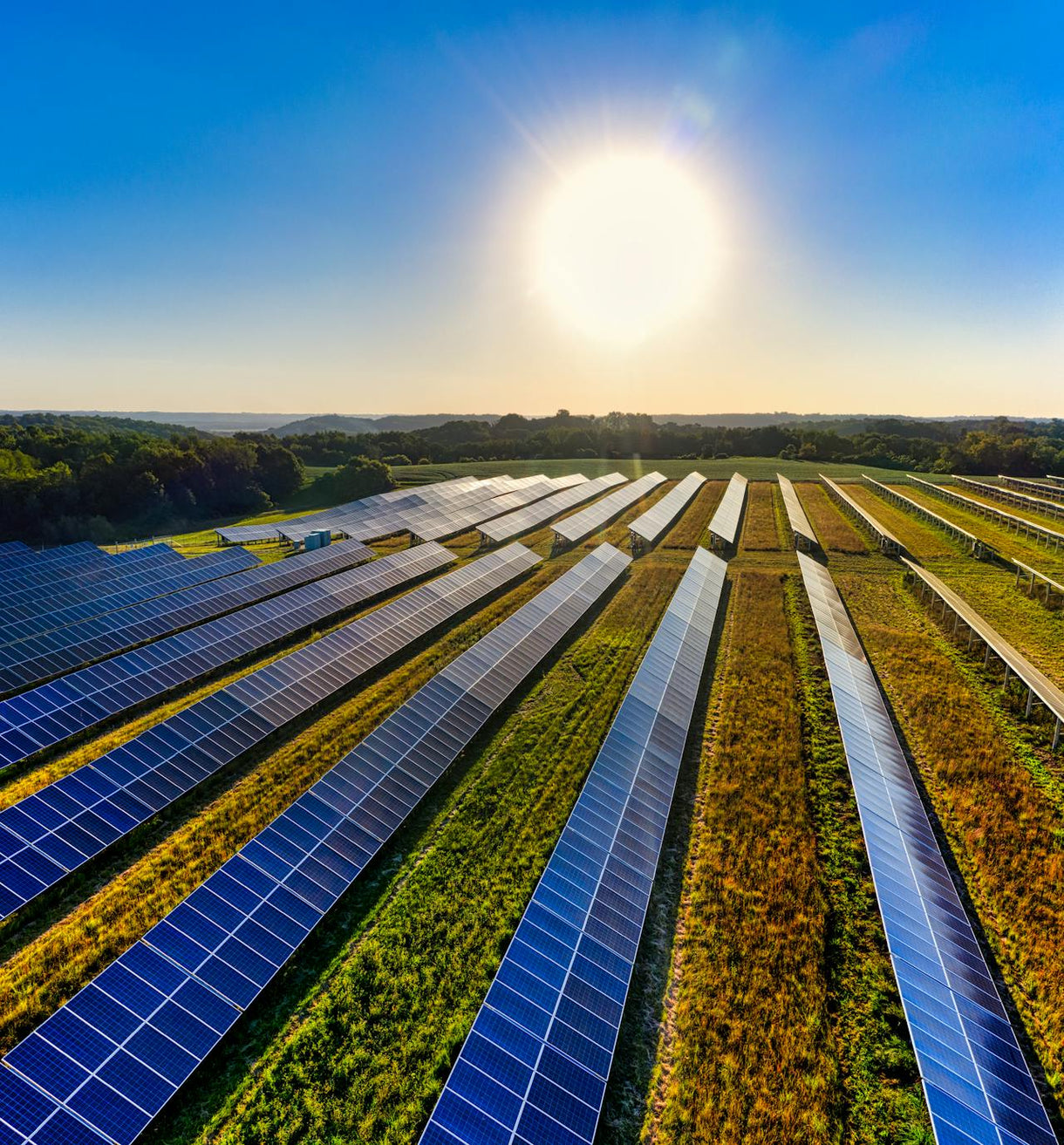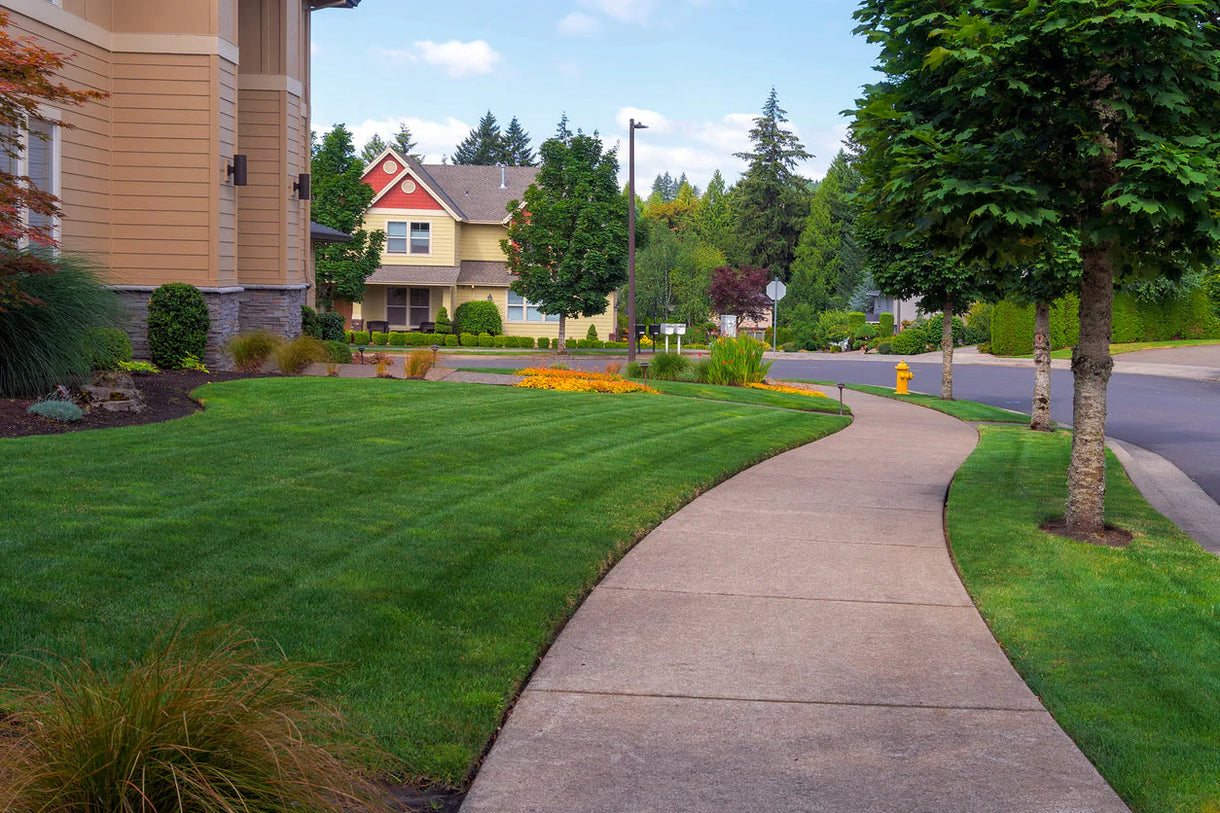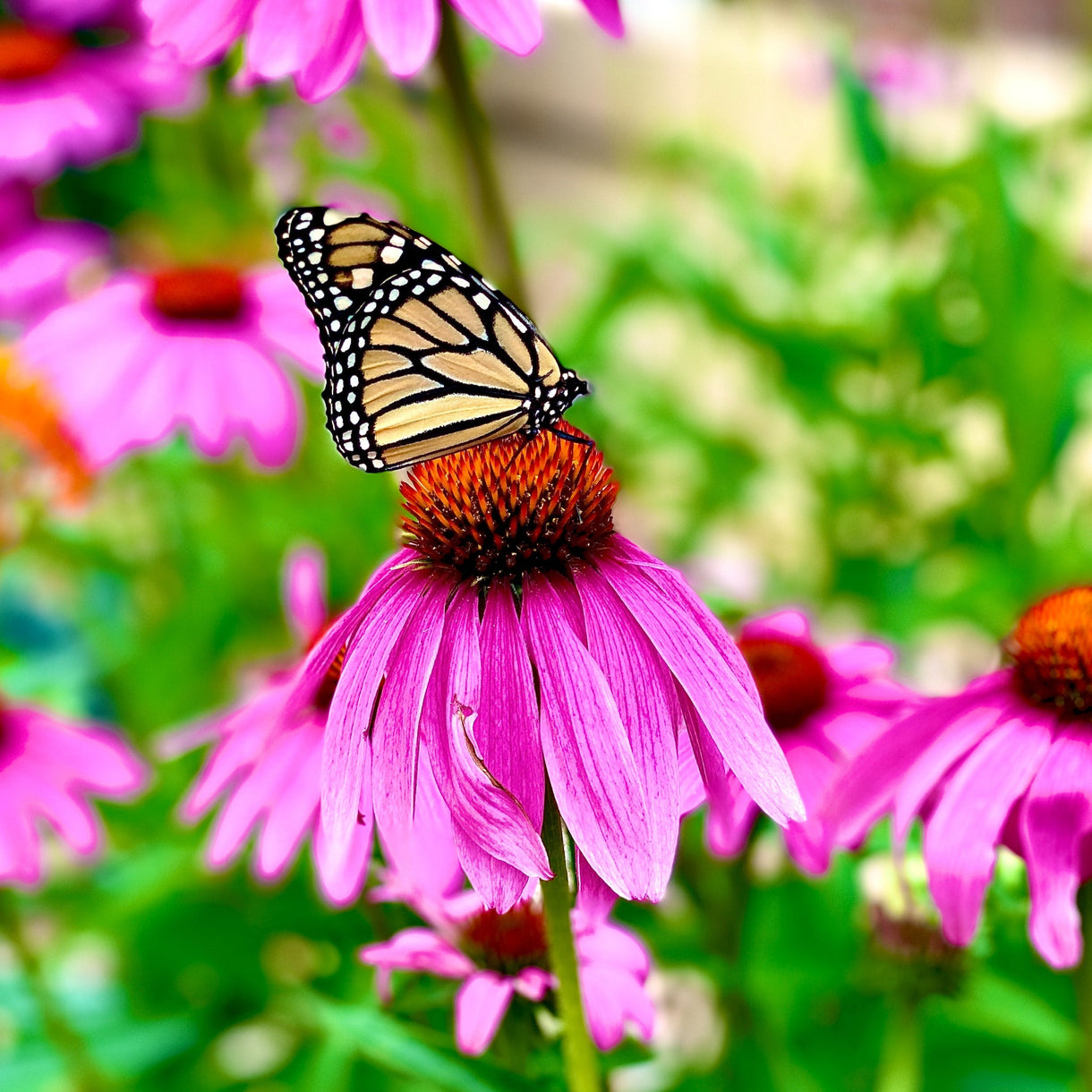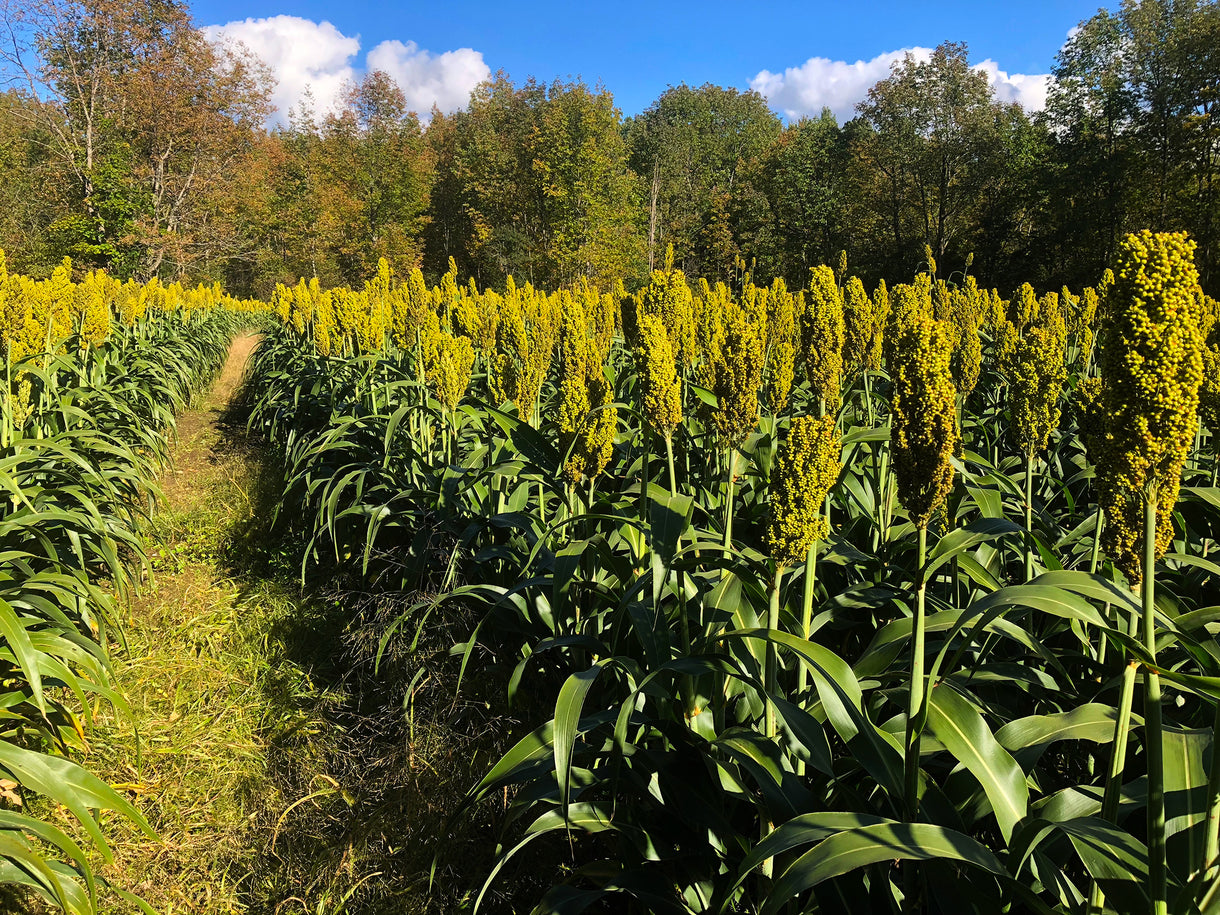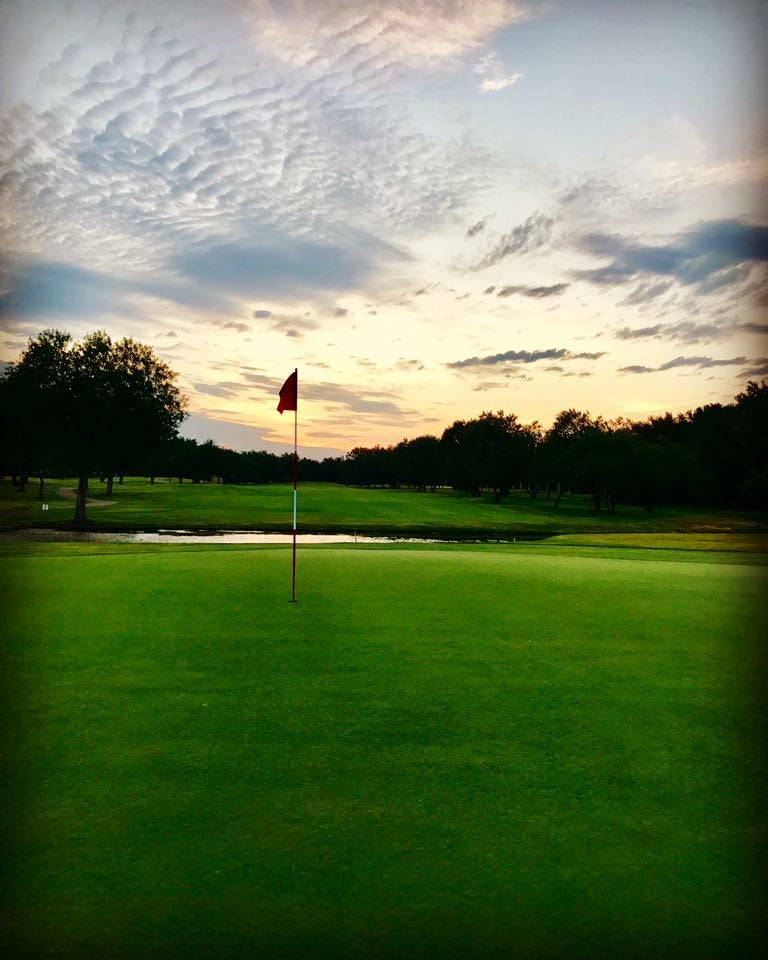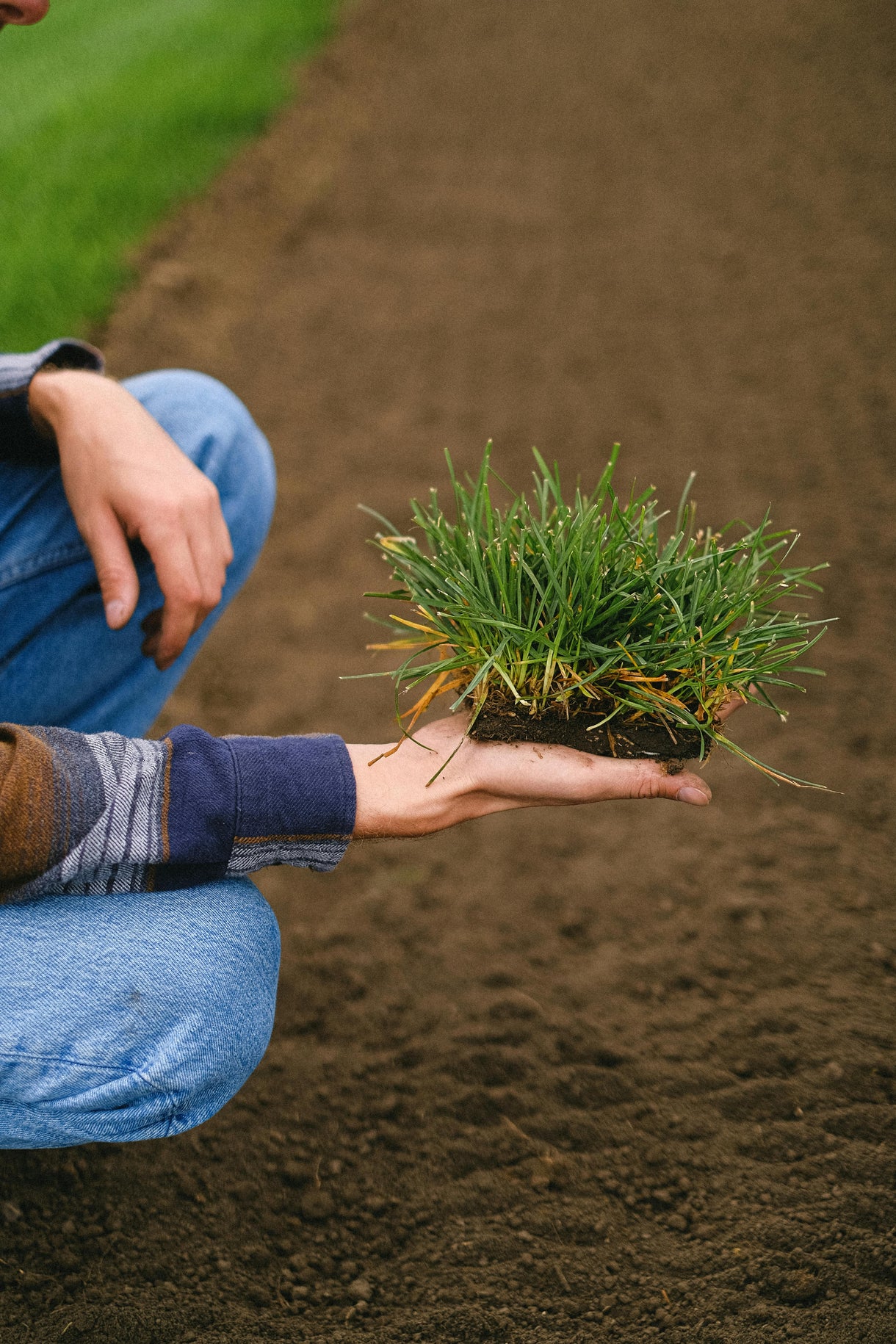Popular Products
Popular Products
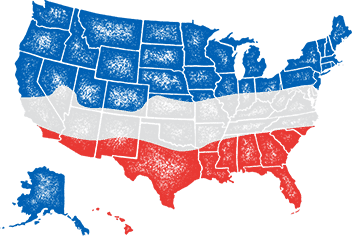
- When to plant:
- Spring, Summer
- Fertilizer:
- Varies
- Seeding rate:
- 3 - 5 lbs. per acre
- Overseeding rate:
- 1 - 2 lbs. per acre
- Seeding depth:
- 1/4 - 1 inch
- Ideal ph:
- 4.6 - 7.8
- Gmo:
- No
- Inoculant needed:
- No
- Coated or raw:
- Raw
- Lifecycle:
- Annual
- Climate zones:
- Transition Zone, Warm Season
Weeping Lovegrass is a rapidly-growing warm-season Bunchgrass that was introduced into the United States from East Africa. The many long, narrow leaves emerging from a tight tuft are pendulous, with the tips almost touching the ground. The drooping leaf characteristic gives rise to the name "weeping" Lovegrass. Leaf height is rarely above 12 in. The seedheads are open panicles, reaching a height of 30 to 40 in., and containing numerous small, fine seeds.
Product Information
- Application or Use: Erosion Control, Pasture, Ornamental, Livestock Forage
- Germination Time: 14 - 21 days, under optimal conditions. Allow 3-4 weeks for the unstratified seed to break dormancy and germinate, under optimal conditions.
- Growing Locations: Warm Season & Transition Zone
- Height: 12 - 30 inches
- Sunlight Requirements: 8+ hours, full sun for best results
- Advantages: Prefers light textured, well drained soil; thrives on soils with low fertility.
- When to Plant: Recommended Planting time is spring and summer when night time temperatures are consistently 65+ degrees.
Product Detail
- Warm-season bunchgrass
- Leaf height 12 inches
- Well drained soil
- Warm season annual
- Rapid growing
Product Information
Weeping Lovegrass is distributed throughout the southern United States.
Weeping Lovegrass prefers a light-textured, well-drained soil, and will thrive on soils of low fertility. Climatic conditions determine its range of adaptation. Low winter temperatures will prevent regrowth and cause the grass to act as an annual or a short-lived perennial.
*Product packaging may appear different than what is pictured.
This grass is easy to establish by seed. Seed alone at a rate of 3 to 5 lbs. per acre, or 1 to 2 lbs. per acre in mixtures with other species. Seeds will germinate quickly and plant growth is rapid. The seed is extremely fine, requiring mechanical seeding equipment to have small seed attachments. If seeded with a hand cyclone seeder, the Lovegrass Seed should be mixed with a diluent or a carrier (cornmeal, sand, or fine sawdust) for uniform distribution of seed. Do not cover seed more than 1/2 to 1 in. on sandy soils; 1/4 in. is sufficient on silt loams. Cultipacking soil before seeding is helpful.
Sites too steep or stony for use of mechanical equipment can be seeded without soil scarification. Broadcast seeding by air or use of hydroseeders is successful if seeding rates are increased to compensate for poor seedbed. Where possible, the soil should be scarified and firmed.
Normally, weeping Lovegrass can be planted after danger of severe frost is over, and anytime throughout the summer with success. Lime and fertilizer needs are similar to that for Tall Fescue and Ryegrass when used for temporary cover.
When choosing to start a new lawn, remove old vegetation by using a de-thatcher, power rake or tiller to kill the existing vegetation. Rake or drag the area to remove debris and dead grass for a clean area. Ensure the soil is leveled and loosened to allow the seed to have good soil contact once spread on a clean seed bed.
If you have an area with heavy weed coverage, we recommend starting fresh by killing and removing the existing vegetation. If you choose to use chemicals, herbicides or fertilizers, you must check with the product's manufacturer prior to planting new seed to ensure the proper waiting period.
When overseeding an existing area, mow your lawn at the lowest setting and bag the clippingsx. Rake or drag any areas that have dead thatch or debris.

Seed Quality
Hancock Seed is dedicated to delivering the best seeds possible to our customers. Hancock Seed grows and harvests many of our products, and we acquire the majority of the rest from other family farmers.
All these seeds are processed, packaged and shipped from Hancock Farm. This helps us ensure that our high standards are met. Unlike much of the competition, we refuse to sell you a seed that was not gathered during the last harvest. You will always receive fresh product from Hancock.
Every seed we grow comes with 40 years of experience behind it...you can rest assured that all of our products are cultivated in a method that assures its potential for growth.
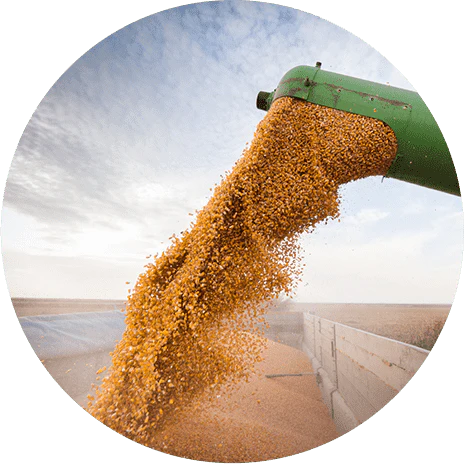
Your cart ( 0 )

Weeping Lovegrass is a rapidly-growing warm-season Bunchgrass that was introduced into the United States from East Africa. The many long, narrow leaves emerging from a tight tuft are pendulous, with the tips almost touching the ground. The drooping leaf characteristic gives rise to the name "weeping" Lovegrass. Leaf height is rarely above 12 in. The seedheads are open panicles, reaching a height of 30 to 40 in., and containing numerous small, fine seeds.
Product Information
- Application or Use: Erosion Control, Pasture, Ornamental, Livestock Forage
- Germination Time: 14 - 21 days, under optimal conditions. Allow 3-4 weeks for the unstratified seed to break dormancy and germinate, under optimal conditions.
- Growing Locations: Warm Season & Transition Zone
- Height: 12 - 30 inches
- Sunlight Requirements: 8+ hours, full sun for best results
- Advantages: Prefers light textured, well drained soil; thrives on soils with low fertility.
- When to Plant: Recommended Planting time is spring and summer when night time temperatures are consistently 65+ degrees.
Product Detail
- Warm-season bunchgrass
- Leaf height 12 inches
- Well drained soil
- Warm season annual
- Rapid growing
Product Information
Weeping Lovegrass is distributed throughout the southern United States.
Weeping Lovegrass prefers a light-textured, well-drained soil, and will thrive on soils of low fertility. Climatic conditions determine its range of adaptation. Low winter temperatures will prevent regrowth and cause the grass to act as an annual or a short-lived perennial.
*Product packaging may appear different than what is pictured.
This grass is easy to establish by seed. Seed alone at a rate of 3 to 5 lbs. per acre, or 1 to 2 lbs. per acre in mixtures with other species. Seeds will germinate quickly and plant growth is rapid. The seed is extremely fine, requiring mechanical seeding equipment to have small seed attachments. If seeded with a hand cyclone seeder, the Lovegrass Seed should be mixed with a diluent or a carrier (cornmeal, sand, or fine sawdust) for uniform distribution of seed. Do not cover seed more than 1/2 to 1 in. on sandy soils; 1/4 in. is sufficient on silt loams. Cultipacking soil before seeding is helpful.
Sites too steep or stony for use of mechanical equipment can be seeded without soil scarification. Broadcast seeding by air or use of hydroseeders is successful if seeding rates are increased to compensate for poor seedbed. Where possible, the soil should be scarified and firmed.
Normally, weeping Lovegrass can be planted after danger of severe frost is over, and anytime throughout the summer with success. Lime and fertilizer needs are similar to that for Tall Fescue and Ryegrass when used for temporary cover.
Instructions
When choosing to start a new lawn, remove old vegetation by using a de-thatcher, power rake or tiller to kill the existing vegetation. Rake or drag the area to remove debris and dead grass for a clean area. Ensure the soil is leveled and loosened to allow the seed to have good soil contact once spread on a clean seed bed.
If you have an area with heavy weed coverage, we recommend starting fresh by killing and removing the existing vegetation. If you choose to use chemicals, herbicides or fertilizers, you must check with the product's manufacturer prior to planting new seed to ensure the proper waiting period.
When overseeding an existing area, mow your lawn at the lowest setting and bag the clippingsx. Rake or drag any areas that have dead thatch or debris.






